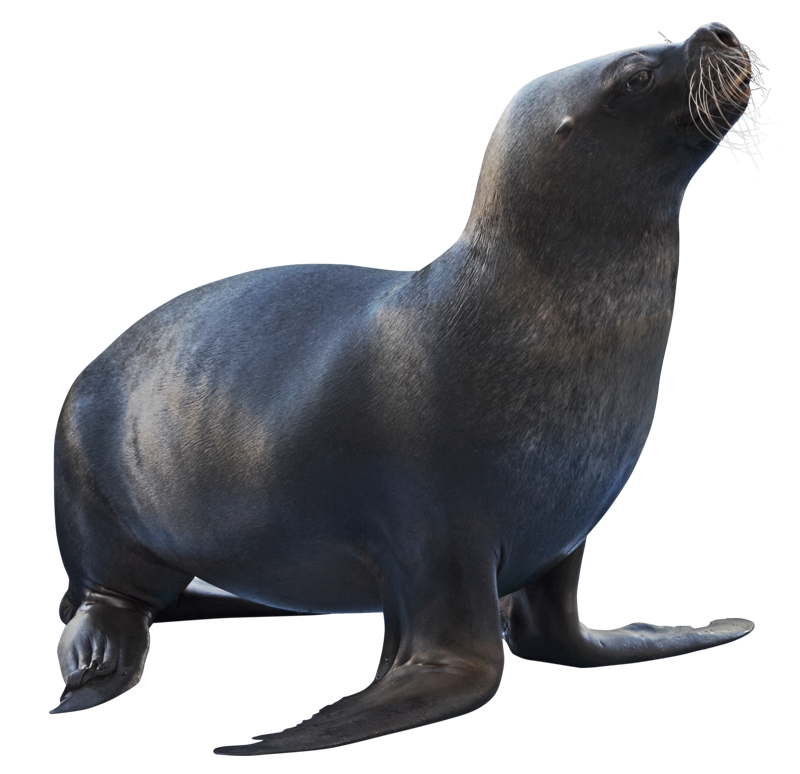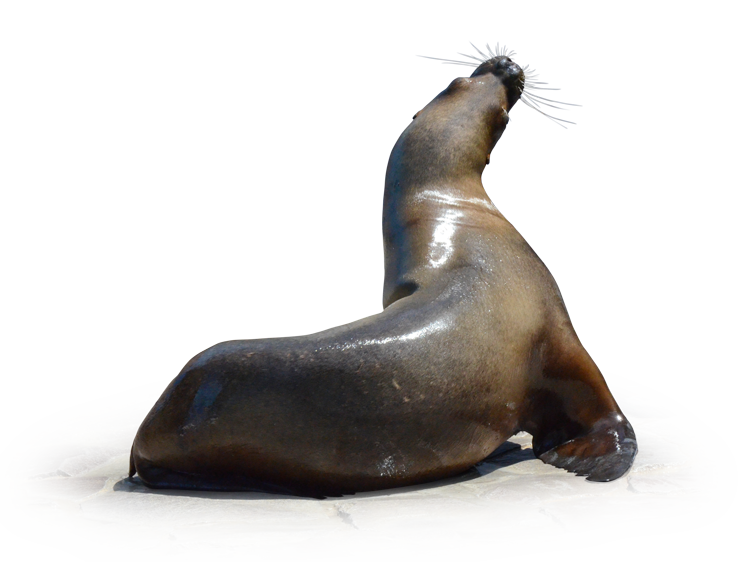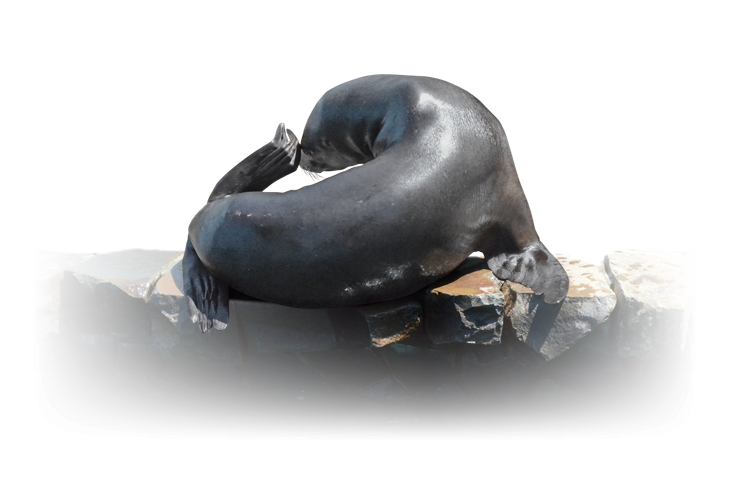
Otaria byronia (de Blainville, 1820)
アシカ類の見分け方
How to identify sea lions
チリ、ペルー、ウルグアイ、アルゼンチンなどの沿岸に生息します。雄の成体は体長2.6m程度、体重300kg程度で、雌は体長1.8 – 2 m程度、体重は150 kg程度です。
体表は黒でややオレンジがかった色で、雄の成体は、大きい頭部、オレンジ色のたてがみと少し上向き加減の鼻が特徴です。雌および未成熟の雄にはたてがみはありません。たてがみの特徴が海のライオンと呼ばれる所以です。
たてがみが無い雌や若い個体はカリフォルニアアシカやオットセイとよく似ていますが、耳たぶの長さに違いがあります。オタリア<アシカ<オットセイの順で、オタリアがいちばん短いのです。逆に体の大きさはオットセイ<アシカ<オタリアとなります。ちなみにオタリアの名前はラテン語で表記される学名「オタリアビロニア」に由来し、「小さな耳」を意味しています。
South American sea lions (Otaria) live off the coasts of Chile, Peru, Uruguay, and Argentina. Adult males are about 2.6 meters long and weigh about 300 kg, while females are about 1.8–2 meters long and weigh about 150 kg.
Their bodies are black with a slight orange tint, and adult males are characterized by their large heads, orange manes, and slightly upturned noses. Females and immature males lack manes. Their distinctive manes are the reason they are called sea lions.
Maneless females and young individuals resemble California sea lions and northern fur seals, but the difference is in the length of their earlobes. The order is South American sea lions < California sea lions < northern fur seals, with South American sea lions being the shortest. Conversely, in terms of body size, the order is Northern fur seals < California sea lions < South American sea lions. The name “otaria” comes from its Latin scientific name, “Otaria bilonia,” which means “small ears.”
参考文献
ASCII | 地方活性 | 横浜・八景島シーパラダイスの飼育員生きもの日記 第9回 | 【連載】溢れる魅力!海のライオン・オタリア | 西川 弥緒 (2021年12月10日) 2024年9月15日閲覧
じゃらんnet | じゃらんニュース | <水族館クイズ>アシカ、アザラシ、トド、オットセイ…海獣の見分け方知ってる? | (2020年5月4日) 2024年9月15日閲覧
エコチル | 【釧路市動物園だより】小さな耳たぶのあるアシカの仲間「オタリア」 | (2023年8月21日) 2024年9月15日閲覧

